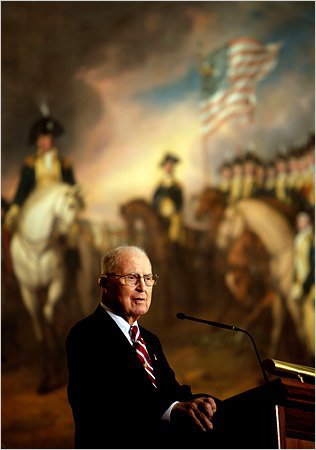We live in a world of more than 7 billion people. One would think that winning the Nobel Peace Prize and saving a billion lives would be enough to register someone as a household name, and people would remember that name forever. Yet most people can’t recognize Norman Borlaug, who was widely considered to be among the leading biologists in the world.
Borlaug made a huge difference to all mankind by his scientific and humanitarian achievements. He has been credited with saving millions of people from starvation, thanks to his high-yield agricultural techniques.
Norman Ernest Borlaug was an American biologist who was born in Iowa, in 1914. He spent most of his life in developing nations like Mexico, India & Pakistan, teaching the techniques of high-yield agriculture.
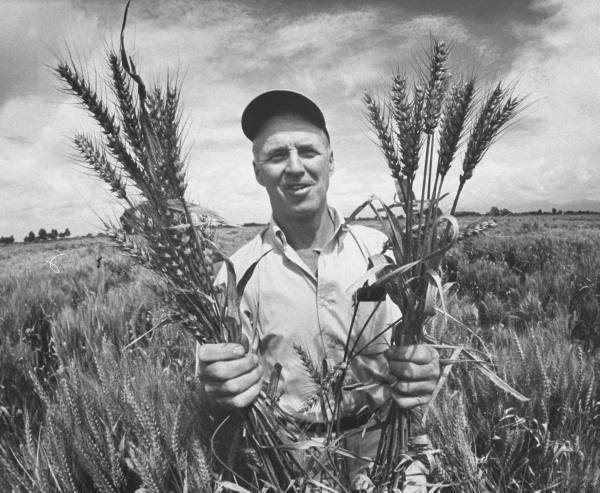
Borlaug worked for over a decade to help Mexico go from being a wheat importer to a wheat exporter.
In the 1940s, the Rockefeller Foundation recruited Borlaug to help with the wheat production problems in Mexico. For the next 16 years, Borlaug worked and developed high-yield wheat varieties. Working in Mexico, his team also developed a special breed of dwarf wheat that resisted plant diseases and produced two times more grain than the traditional varieties.
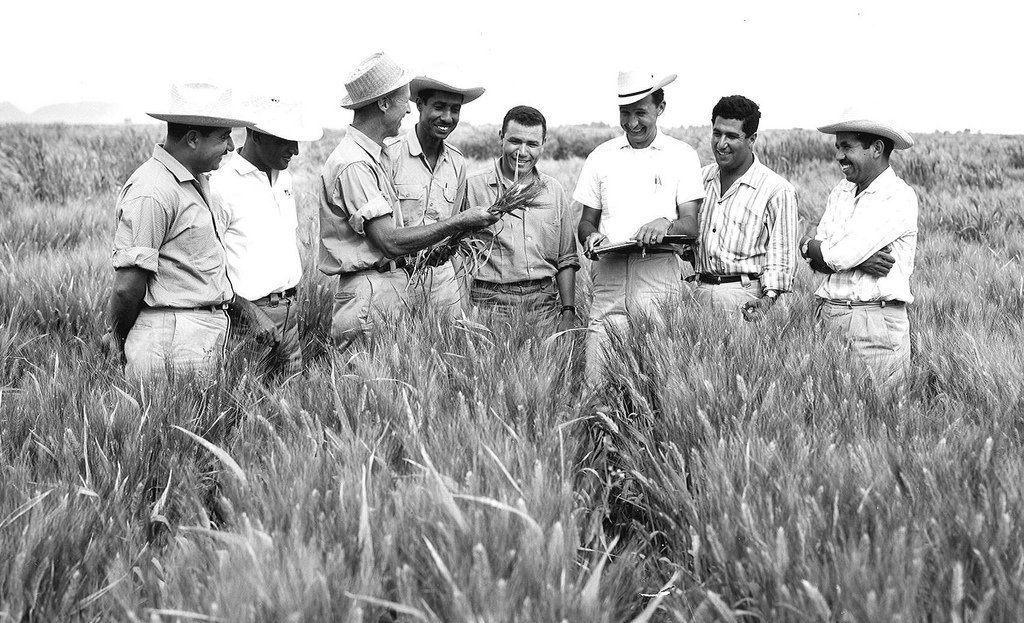
Borlaug’s team greatly improved the food security in India and Pakistan by nearly doubling the wheat yields in these two nations.
In the 1960s, Asia was undergoing a population explosion and experts began predicting mass starvation. The Indian and Pakistani bureaucracies initially opposed the new agricultural techniques. But in 1965, they were forced to import 550 tons of Borlaug’s high-yielding seeds as a result of major food shortages.
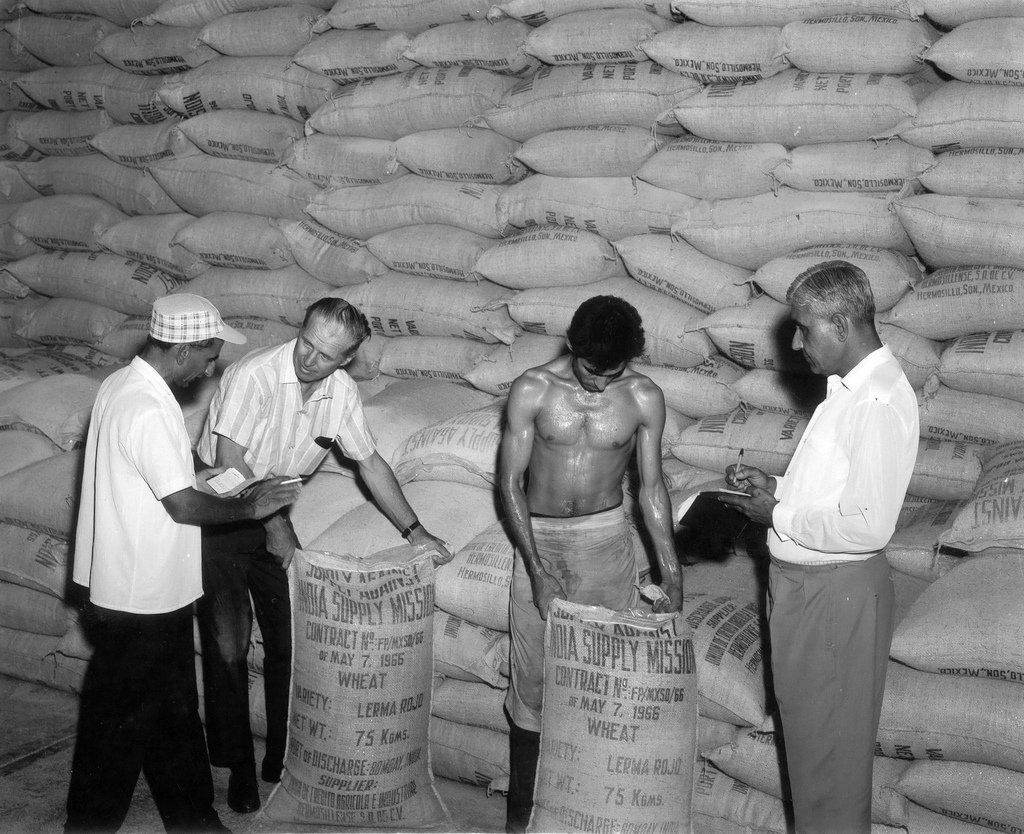
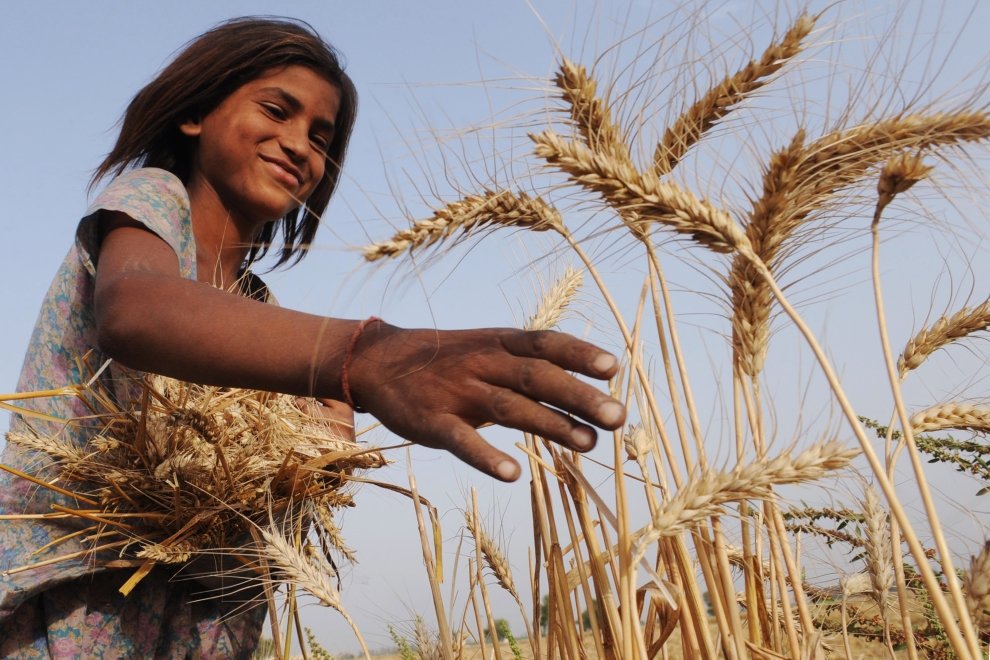
Norman Borlaug has been called “the father of the Green Revolution”.
In 1968, U.S. Agency for International Development director William Gaud named Borlaug’s work a ‘Green Revolution’. Soon after his success with wheat, his team developed high-yield rice varieties that quickly spread the Green Revolution through most of Asia. His crop varieties prevented the mass famines that were widely predicted in the 1960s. After his profound work in Asia, Borlaug was appointed as the president of the Sasakawa Africa Association (SAA) in the 1980s, to increase food production in African countries.
Statue of Dr Norman Borlaug at the Norman E. Borlaug Experimental Station outside Obregon in Mexico
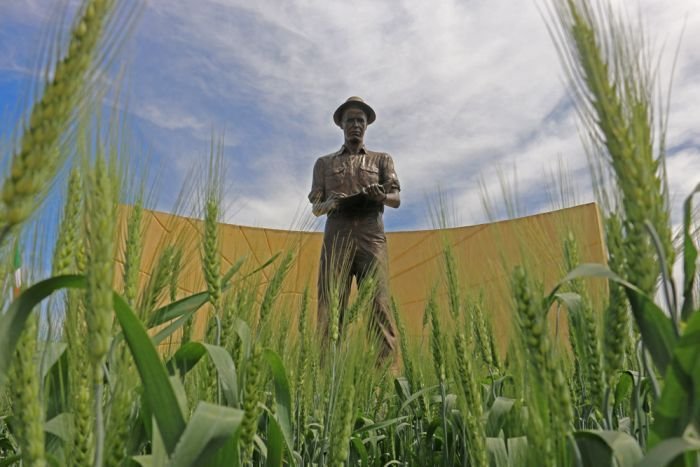
For his contributions to the world food supply, Borlaug was awarded the Nobel Peace Prize in 1970.
Borlaug was honoured with a lot of awards during his lifespan, including the 1977 U.S. Presidential Medal of Freedom and America’s highest civilian award, the Congressional Gold Medal in 2006. The Government of India granted the Padma Vibhushan, its second highest civilian award to him in 2006. Sadly, he died of lymphoma in 2009.
